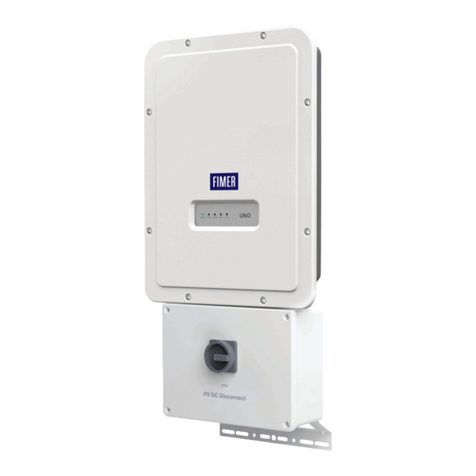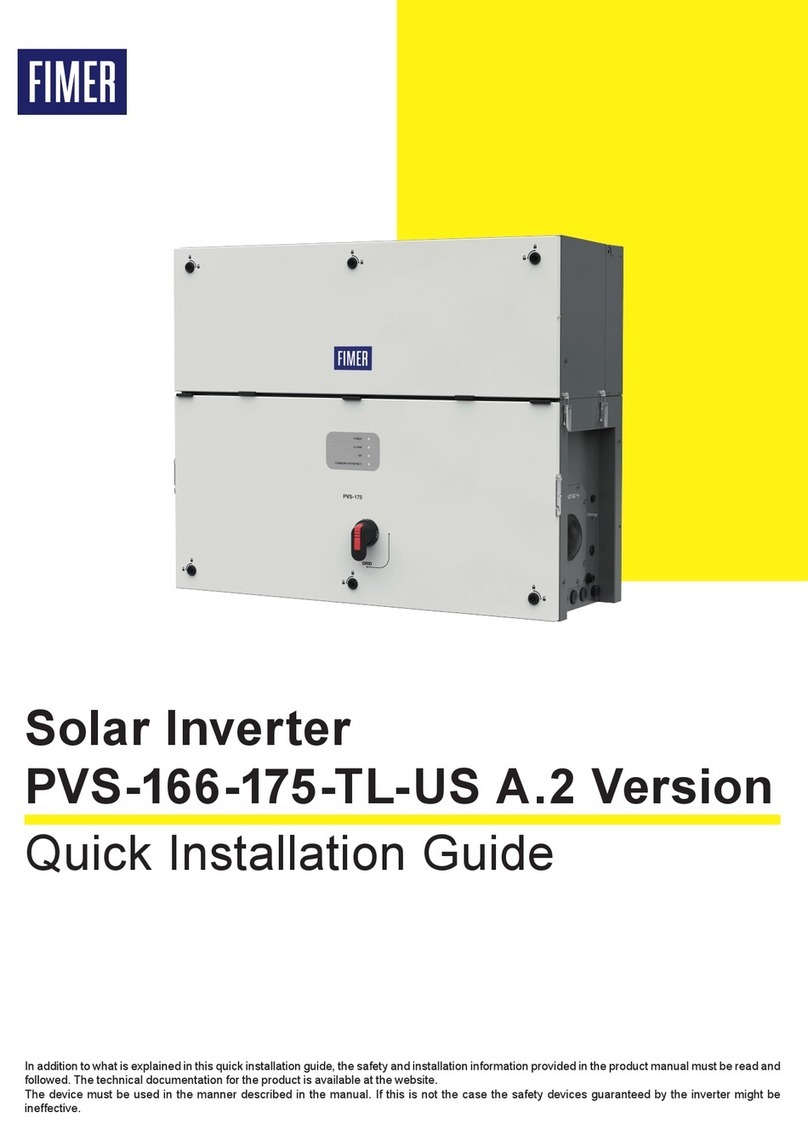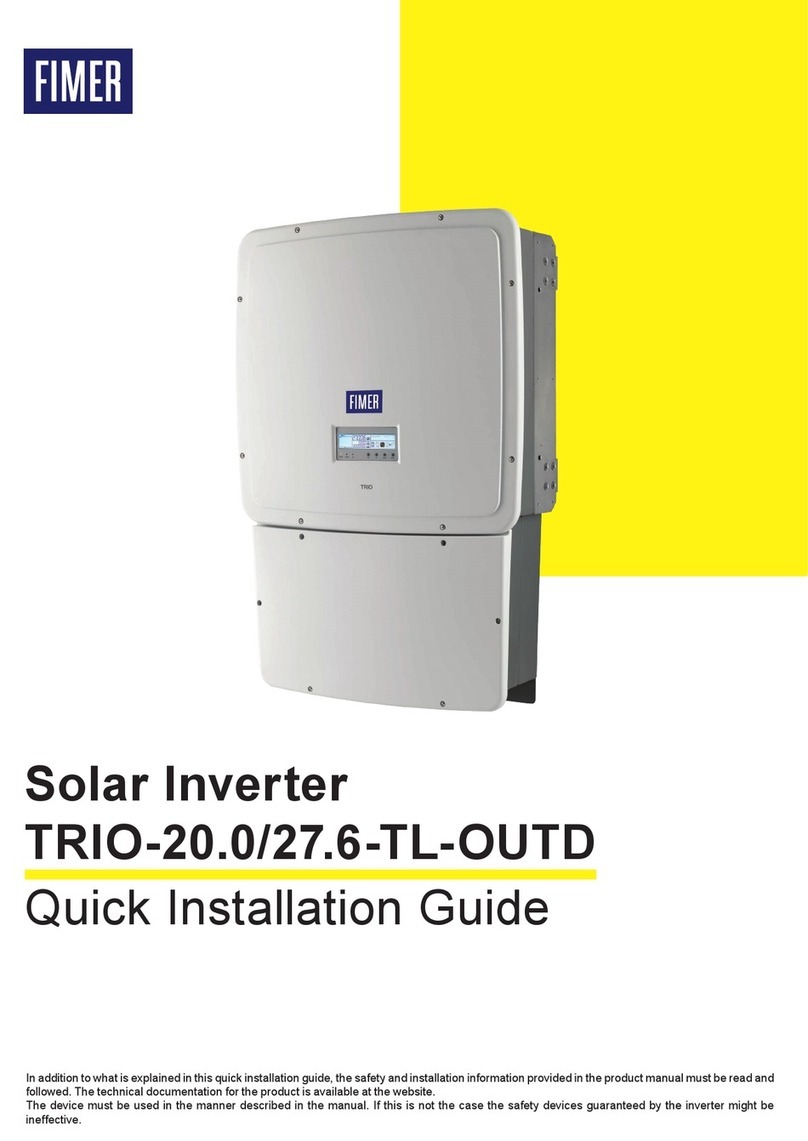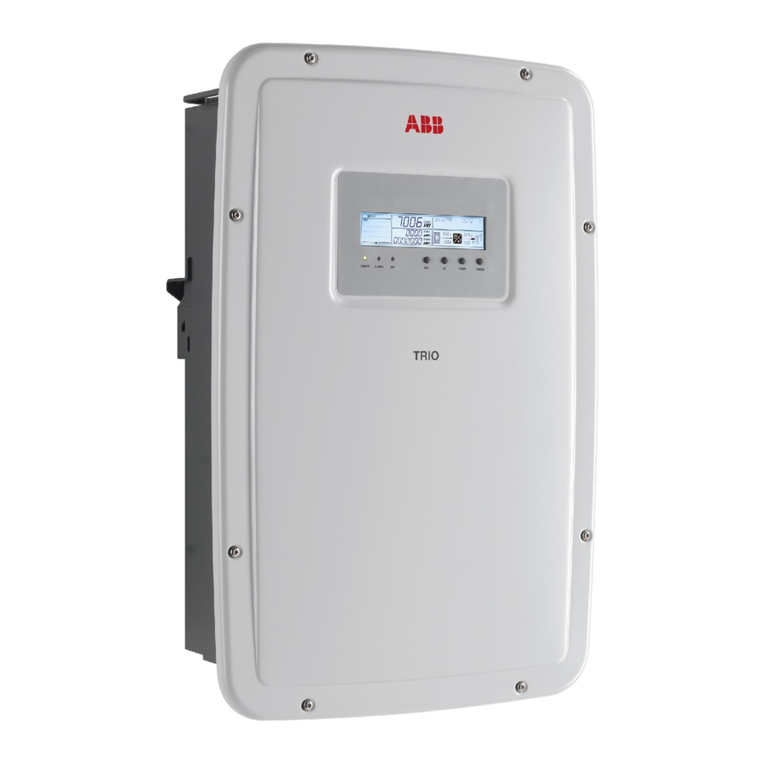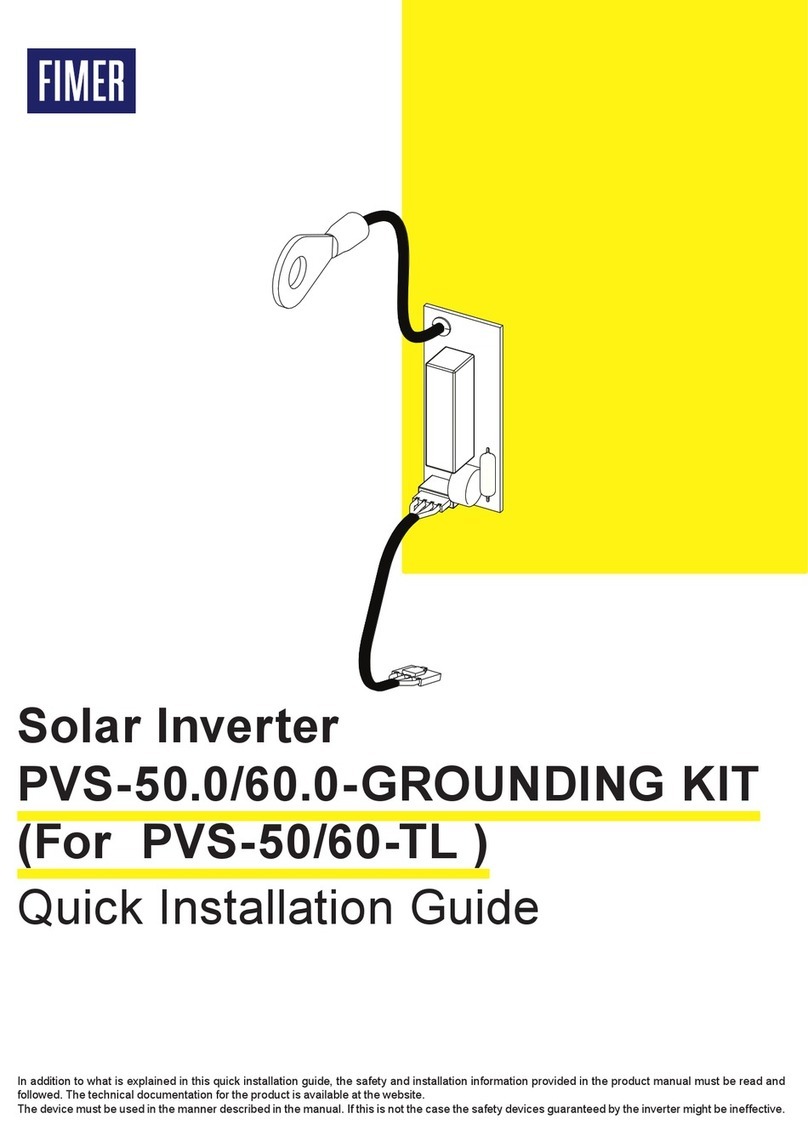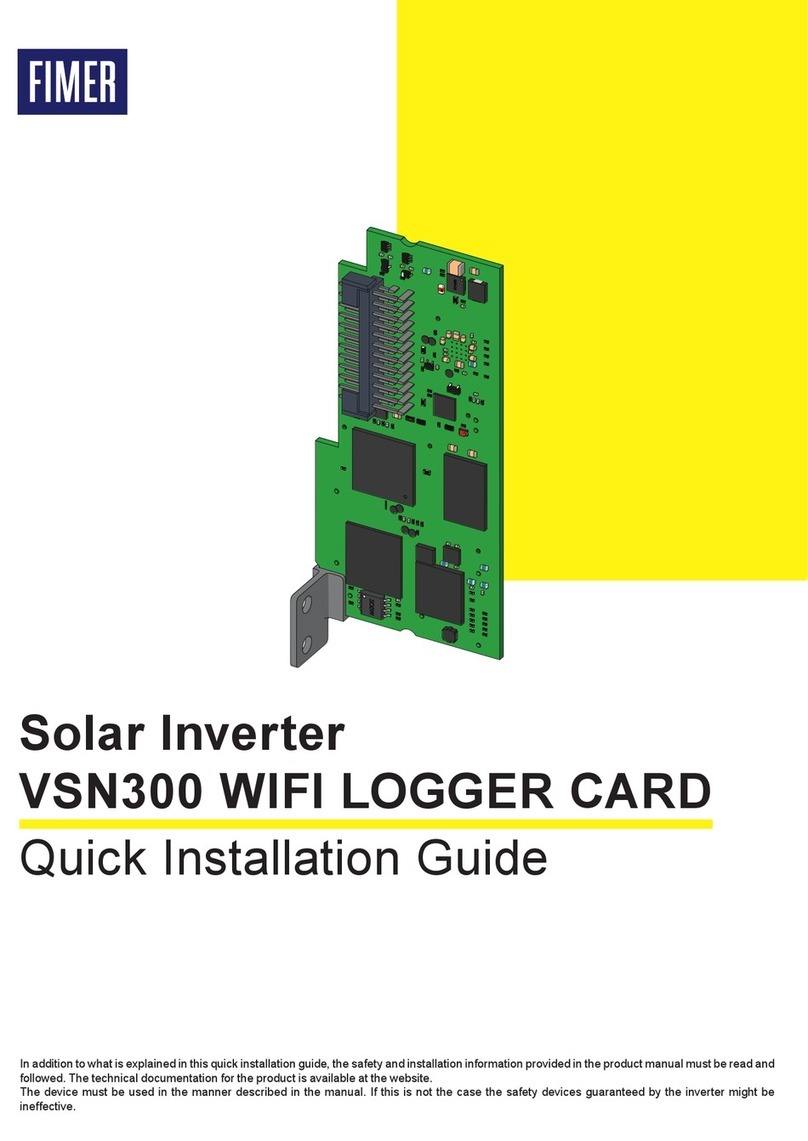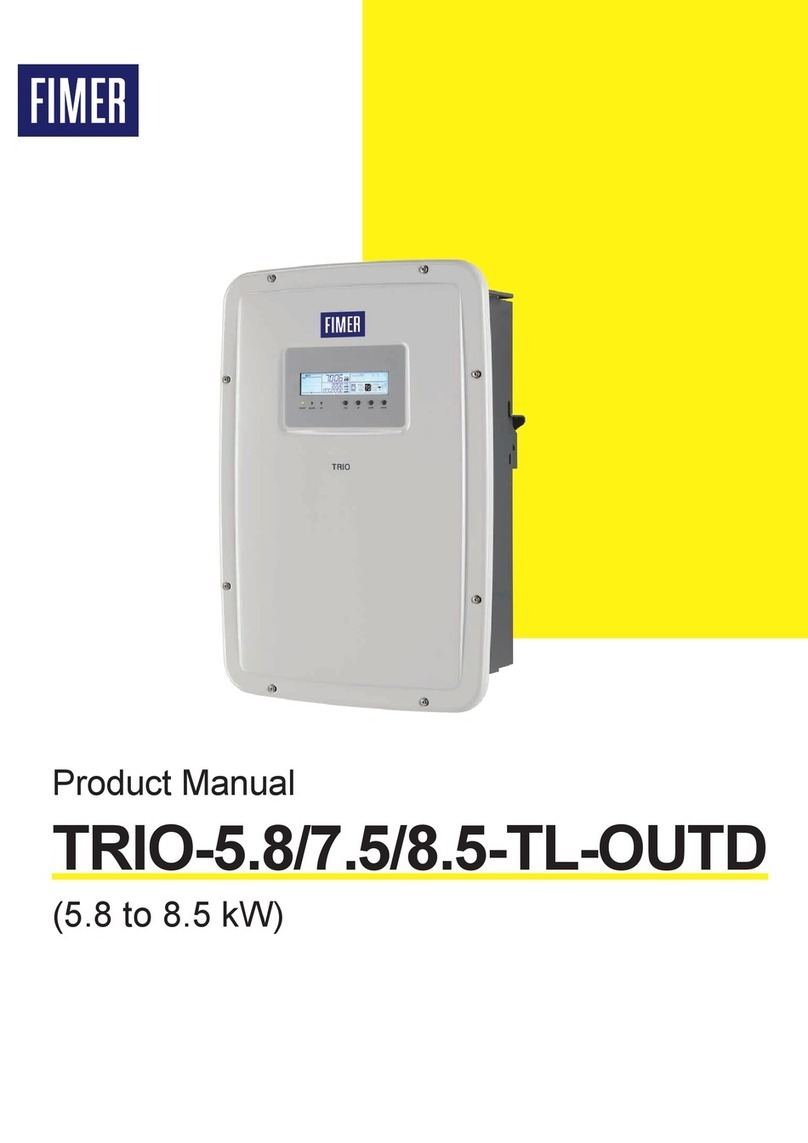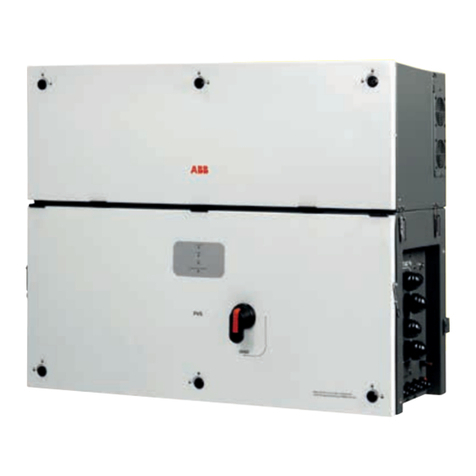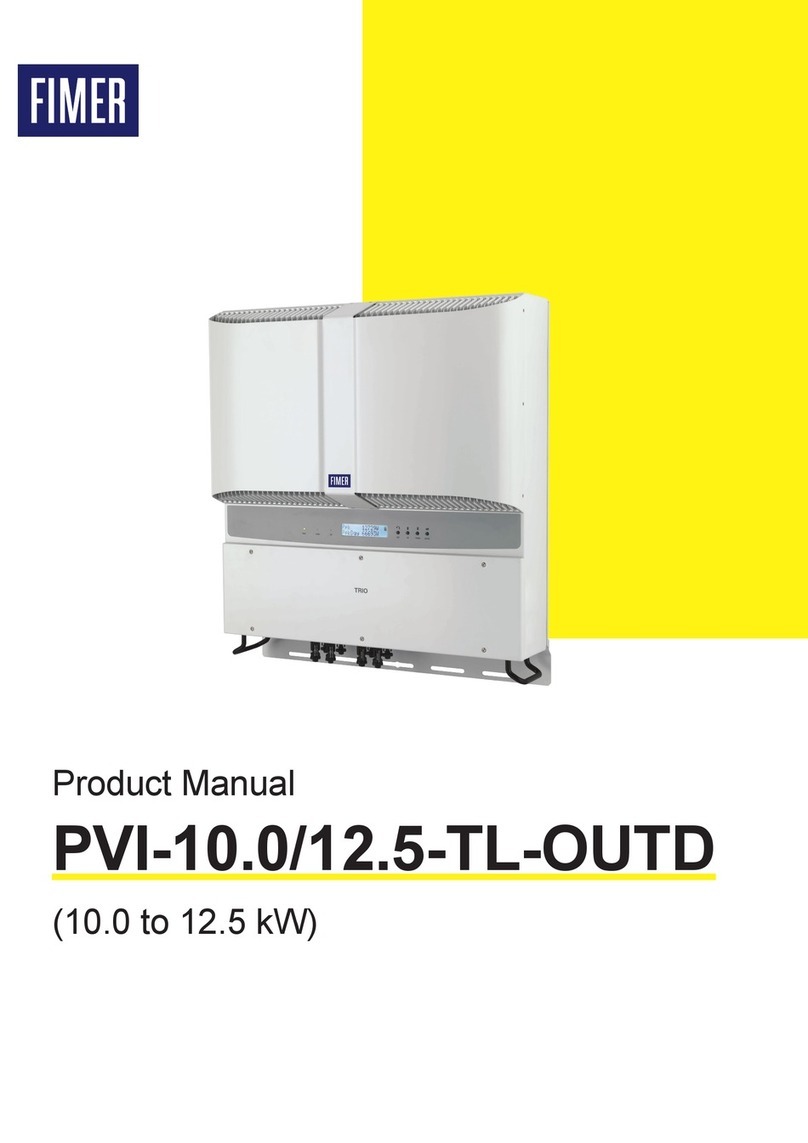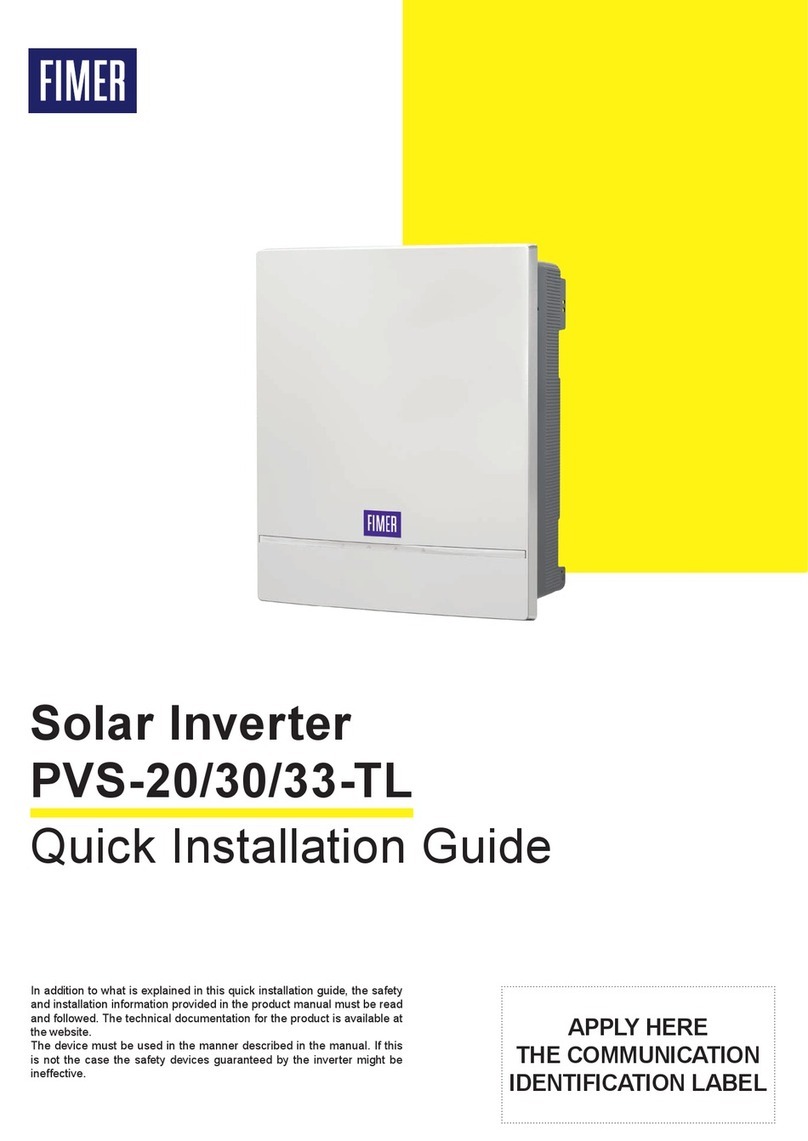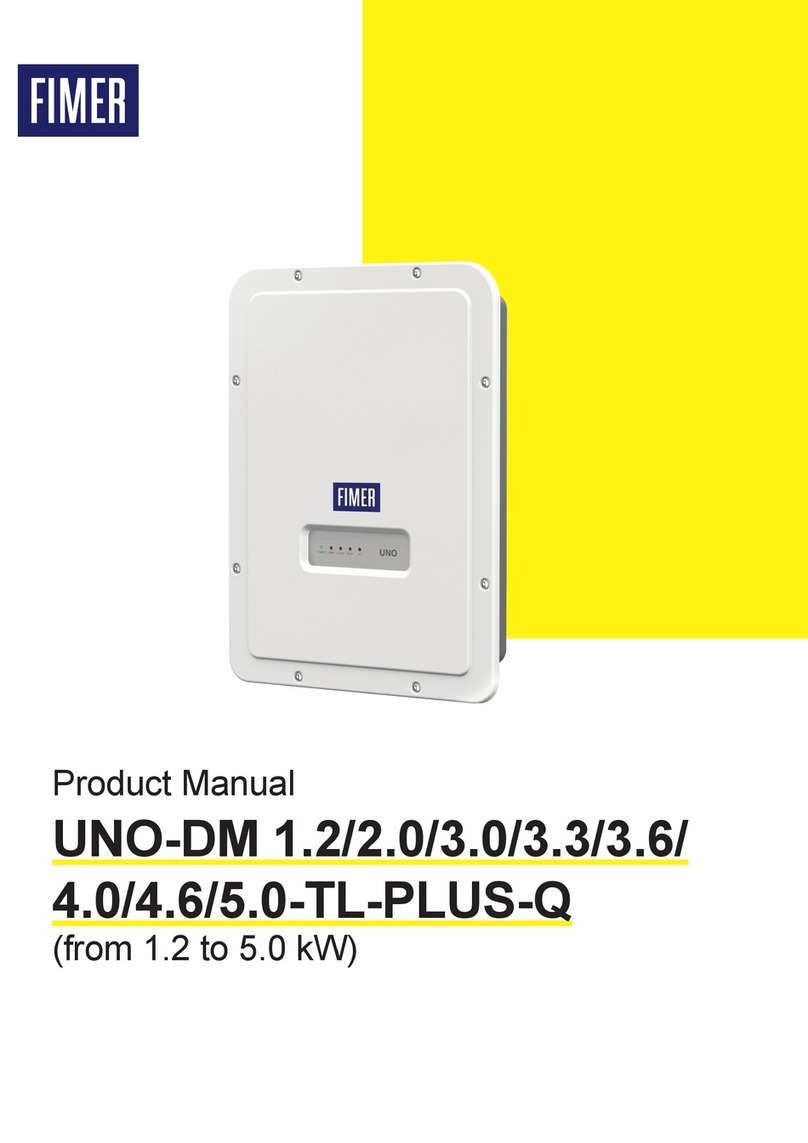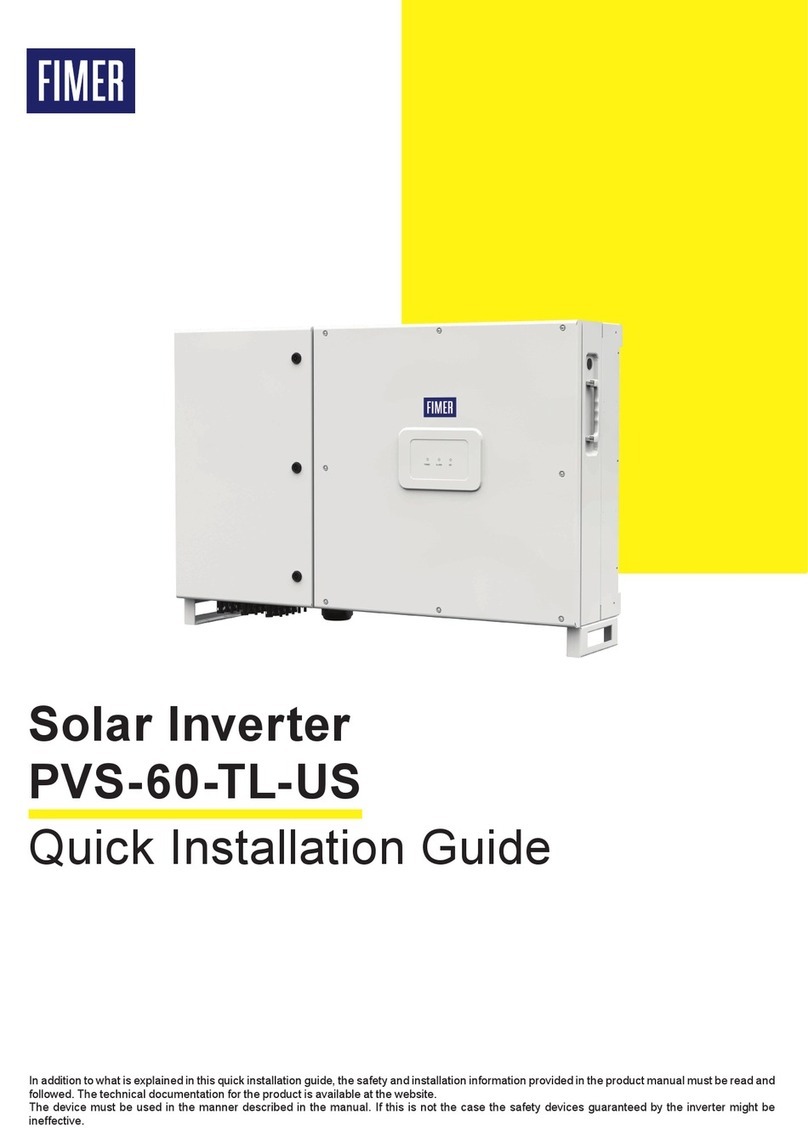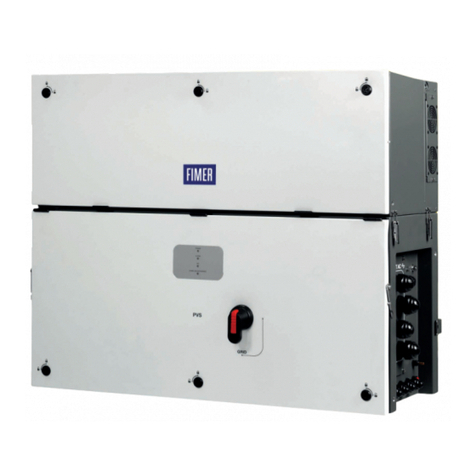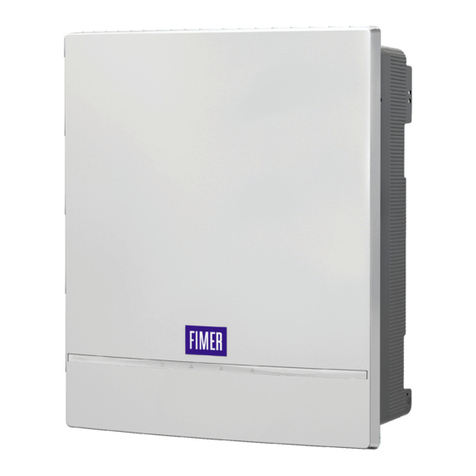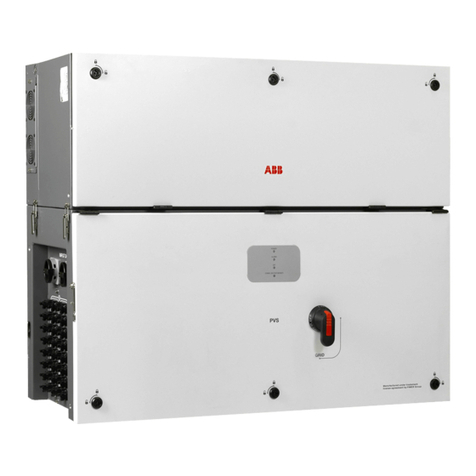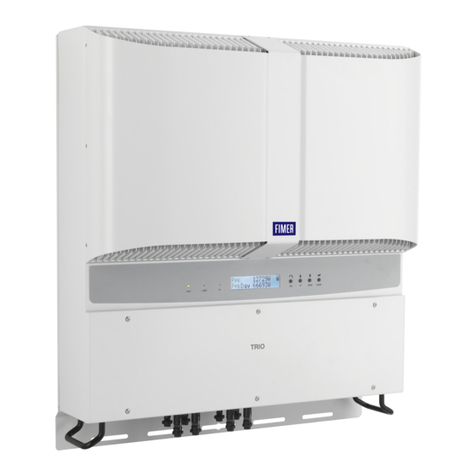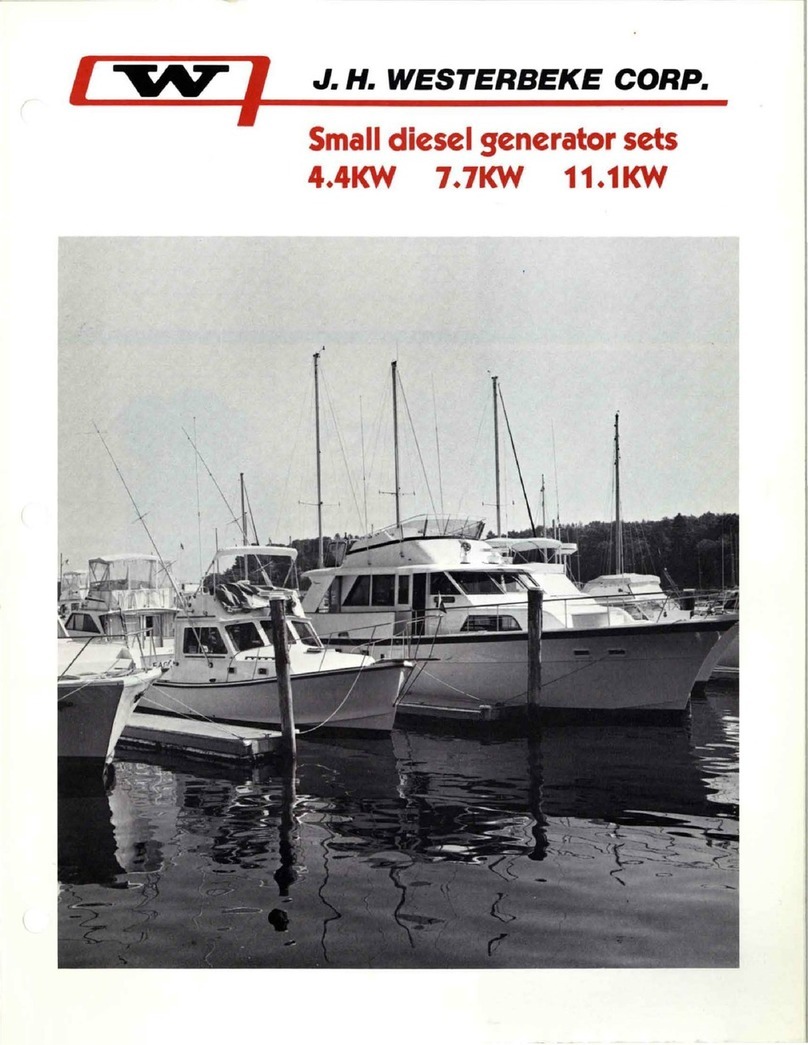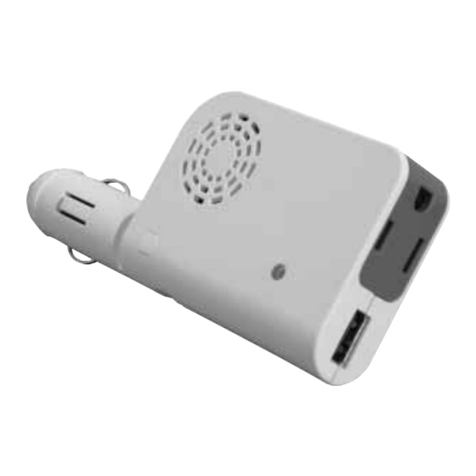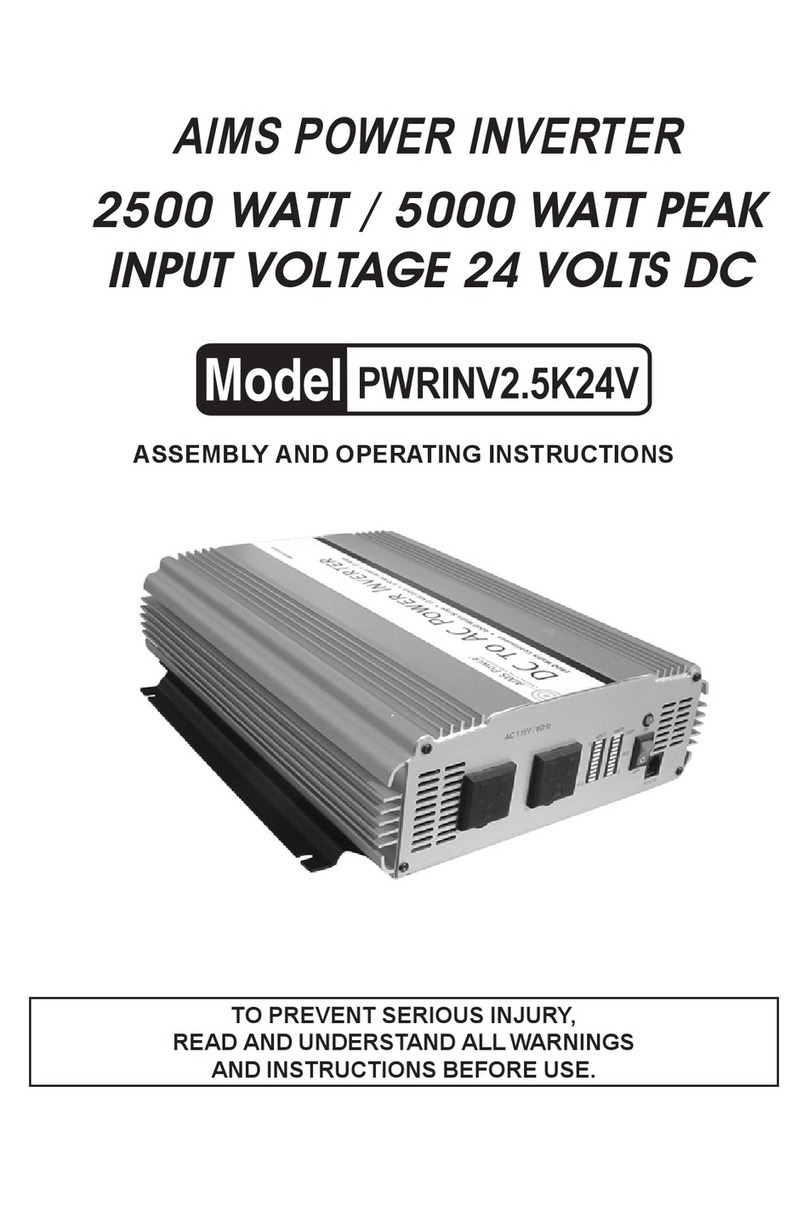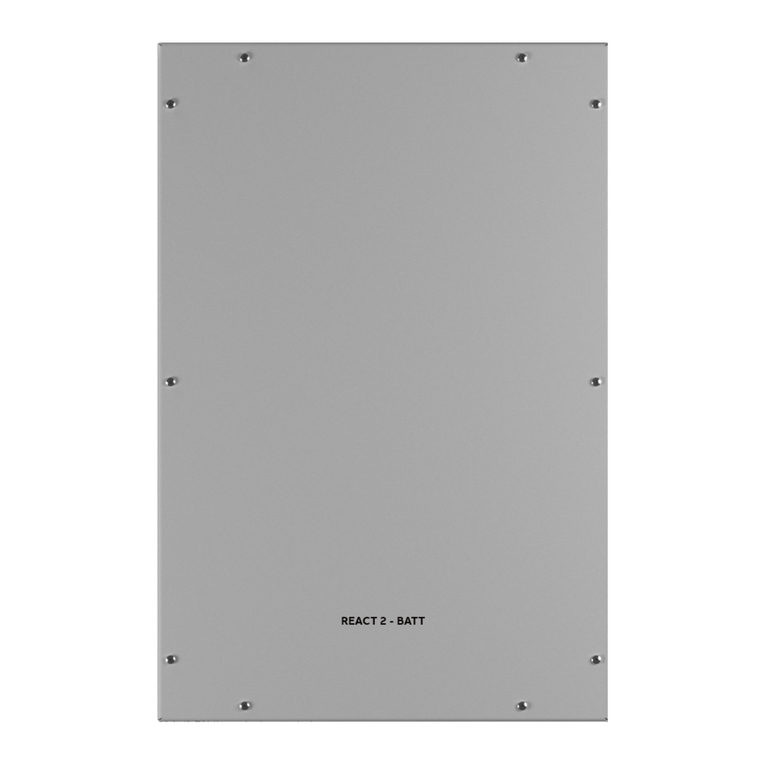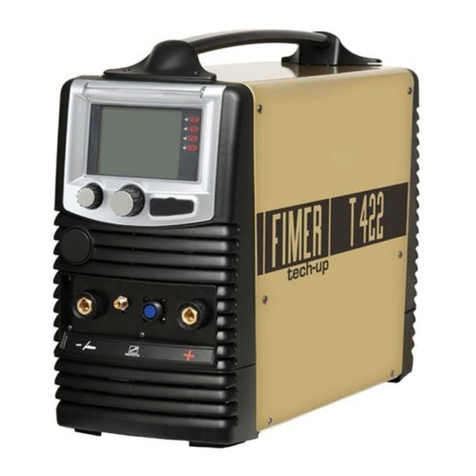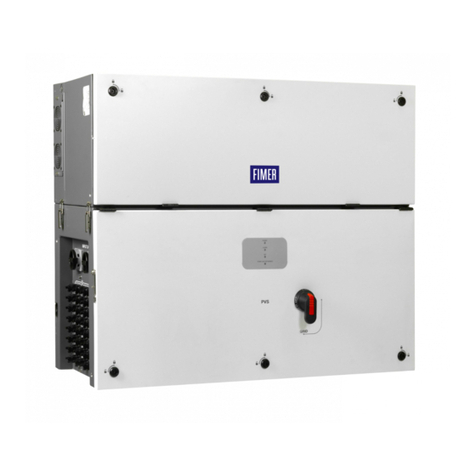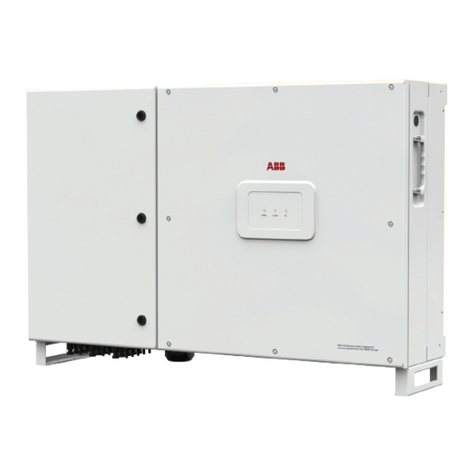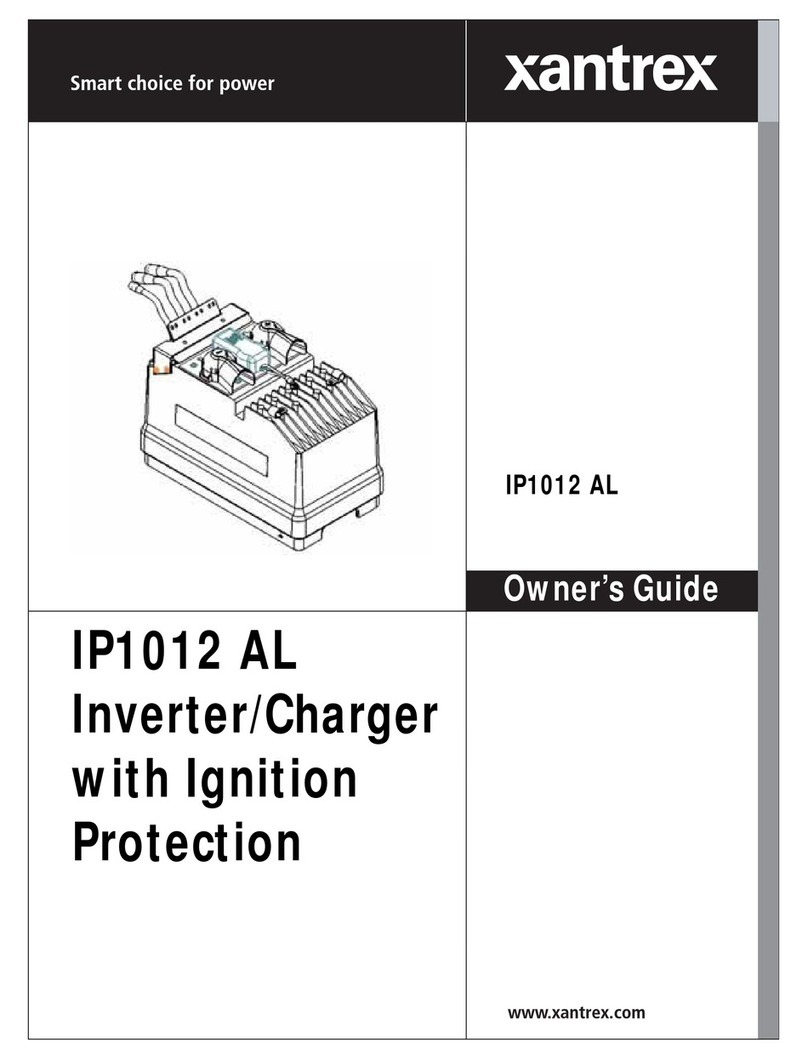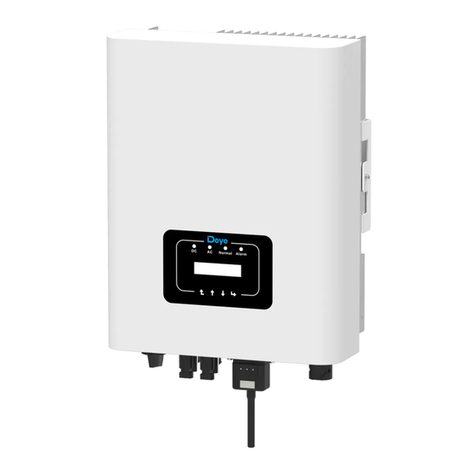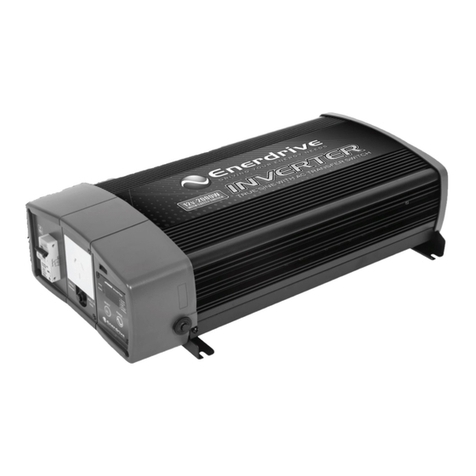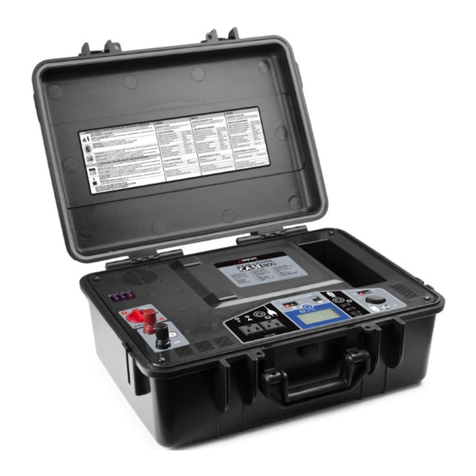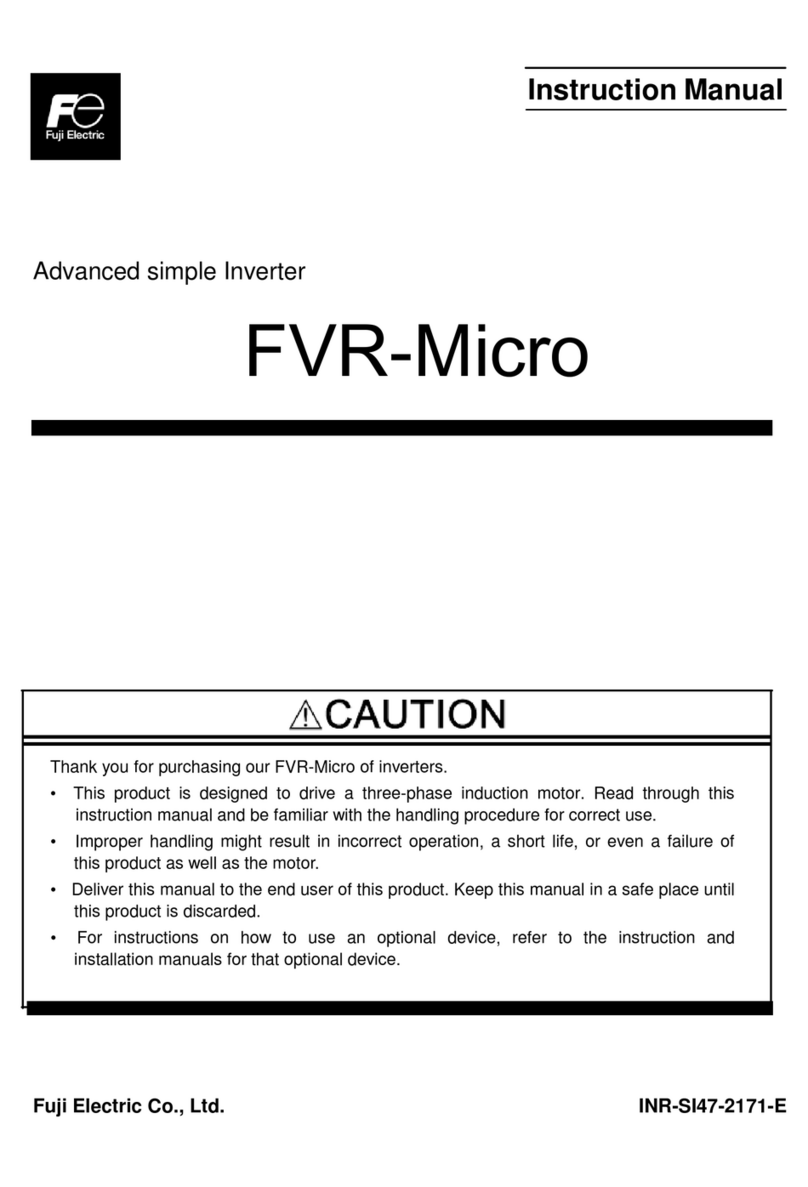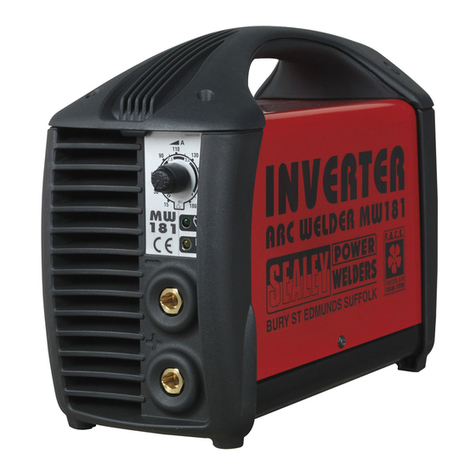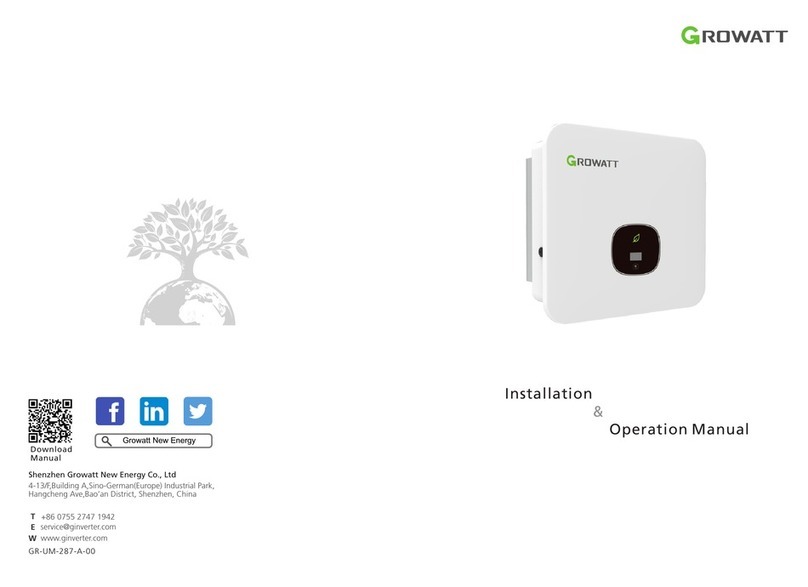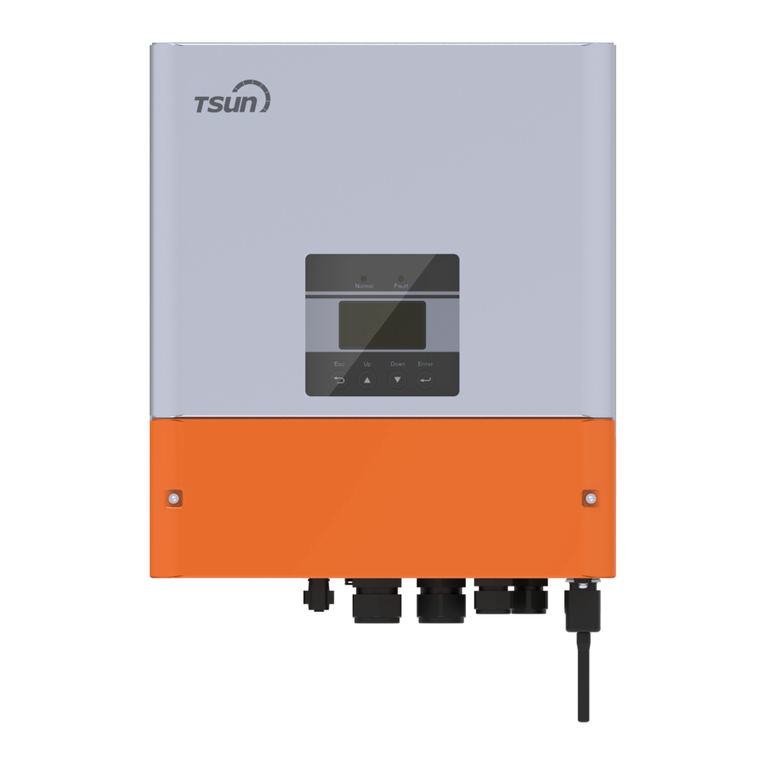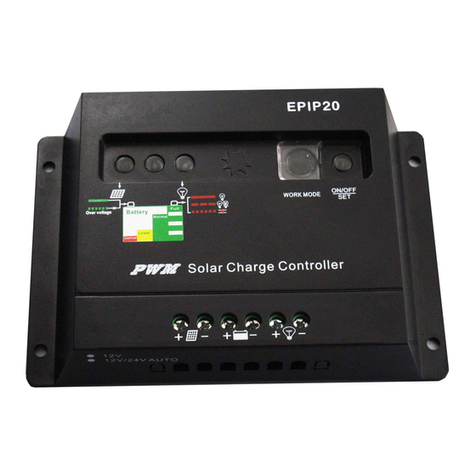
Code 910.400.172GB REV02 Page 7 of 56
3.2 Structural characteristics
Electrical substations can take a variety of system configurations that, in general, are
the result of the assembly of transformers and high and low voltage components such
as no load and on-load disconnecting switches, circuit breakers, photovoltaic
converters, and equipment for protection, control and energy distribution. The unit is
supplied complete with internal connections on both the medium voltage and low
voltage side, with the transformer connected and installed in its compartment and all
moving metal parts properly connected to the earthing system.
They are made in compliance with international standards of safety, accident
prevention and environmental protection and are built using a container designed and
constructed to maintain its structural integrity and withstand weather in a
temperature range from -30ºC to 60ºC both during transport and after its installation
and wiring within the PV system.
The container structure has standard size (20 feet / 6 meters measuring [WxHxD]
6055x 2896 x 2438 mm, or 40 feet / 12 meters measuring [WxHxD] 12110x 2896 x
2438 mm) for easy transport and handling both at our factory and at the PV system.
It is mostly built with painted steel frames, corrugated panels welded by CO2 gas
shielded arc welding, all external welds including the base frames are continuous with
full penetration and all openings are sealed with flexible sealant. The basic structure is
composed of two side bottom rails, a series of cross members and a series of
gooseneck tunnels and stabilizers, which are welded together as a single
subassembly. The original floor of the container is made of marine plywood parquet
with a thickness of 28mm, is fixed to the cross beams by self-tapping screws and on
top of it a non-slip metal sheet flooring is placed; panels are resting on the cross
beam longitudinally with sanded coating.
The substation features 2 doors with frame and subframe along the long side of the
container: the first for access to the inverter and switchgear room, while the second
to the MV / LV transformer room according to Enel DS919 standard and equipped with
a safety lock. Inside, the substation is divided into two rooms completely segregated,
containing the power transformer and MV / LV electrical switchgears and inverters
respectively. The size of the transformer compartment, and the medium and low
voltage room vary in consideration of the installed power, the value of the mains
operating voltage and the number of slave units. The MEGASTATION is insulated by
affixed panels in a thermally insulating material and ventilation and temperature
control are implemented by means of a fan system designed to ensure the
maintenance of an ambient temperature inside the rooms within the limits required by
the various equipment therein installed. Air entrance and exit takes place through
suitable rainproof and anti-mouse mesh distributed peripherally so as to cool the
equipment in an appropriate and uniform way. Access to the rooms is through doors
properly sized to allow passage of the equipment installed within the rooms and are
equipped, where necessary, with panic exit devices and security locks. On the
equipment installed inside the substation appropriate mechanical safety interlocks are
arranged to allow a control logic that avoids dangers to personnel in the execution of
the manoeuvres. All electrical cables - both power and auxiliary cables - are housed in
special segregated tunnels at the base of the LV modules so as to facilitate the
connections between the switchgears. The lighting system is realized with the use of
fluorescent lamps one of which is fitted with an automatic emergency device with 1h
autonomy. For the earthing system an equipotential bonding terminal is provided
inside, a copper earth busbar, which is to be field connected, by the client’s installer,
to the substation earth directly to the earth of the system.




















